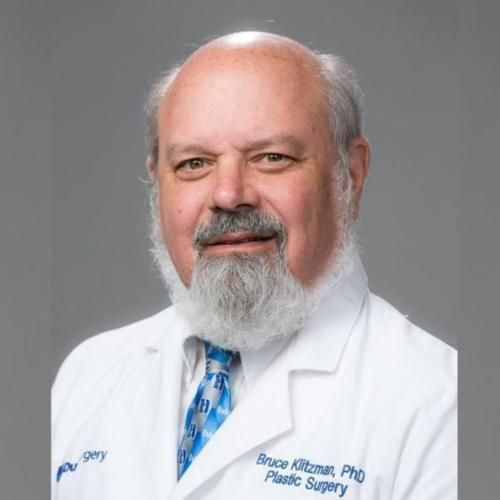Overview
1) control of blood flow and flow distribution in the microcirculation,
2) the effects of long-term synthetic and biologic implants on substrate transport to tissues,
3) tissue engineering; combining isolated cells, especially adult stem cells, with biomaterials to form specialized composite structures for implantation, with particular emphasis on endothelial cell physiology and its alteration by isolation and seeding on biomaterials.
4) decreasing the thrombogenicity of synthetic blood vessels and other blood-contacting devices, and improving their overall performance and biocompatibility.
5) reducing tissue damage resulting from abnormal perfusion (e.g., relative ischemia, anoxia, etc.) and therapies which minimize ischemic damage.
6) biosensor function, particularly glucose sensors in normal and diabetics.
7) measurement of tissue blood flow and oxygenation as an indicator of tissue viability and functional potential.
8) development of biocompatible materials for soft tissue reconstruction or augmentation.
9) improving performance of glaucoma drainage devices by directing a more favorable foreign body reaction
10) wound healing; particularly internal healing around foreign materials and the effect and prevention of microbes around implanted devices.
Current Appointments & Affiliations
Associate Professor Emeritus in Surgery
·
2022 - Present
Surgery, Plastic, Maxillofacial, and Oral Surgery,
Surgery
Associate Research Professor of Biomedical Engineering
·
2010 - Present
Biomedical Engineering,
Pratt School of Engineering
Core Faculty in Innovation & Entrepreneurship
·
2018 - Present
Duke Innovation & Entrepreneurship,
Initiatives
Education, Training & Certifications
University of Virginia ·
1979
Ph.D.


